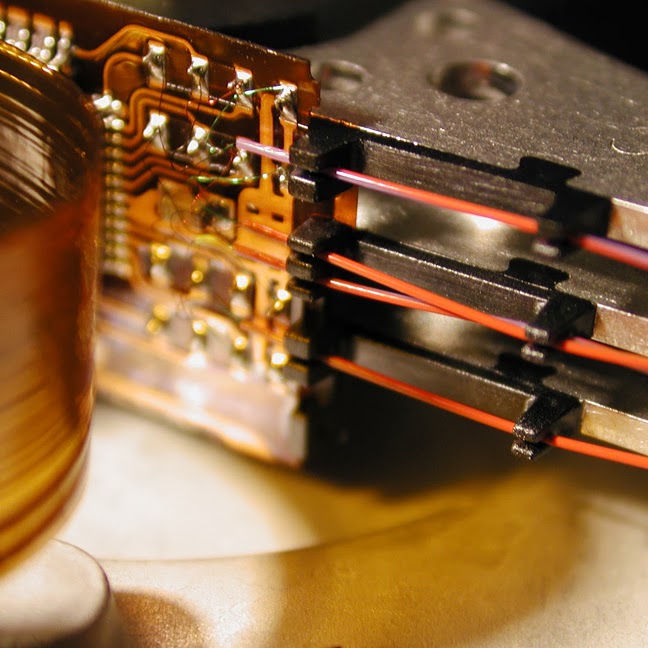It is interesting how easy this has got with a popular service like Prime Voice AI, and when you realise that many use voice recognition for authenticated access to systems, we can see where the risks come in. Like most technology, there are lots of positive upsides, but it always opens up the negatives as well. As Steve points out in his commentary in the linked article, the bad actors are often quicker than anyone else nowadays to take advantage of these new developments.
No end in sight for the upward trajectory of careers in security and vulnerability consultants.
#technology #security #voicecloning
Since when does anything use voice recognition for authentication?!
Just some:
- Medical devices: Voice recognition is used in medical devices to allow patients to control their devices without having to use their hands.
- Call centres: Voice recognition is used in call centres to allow agents to answer calls without having to type.
- Manufacturing: Voice recognition is used in manufacturing to control robots and other machines.
- Customer service: Voice recognition is used in customer service to allow customers to get information and resolve issues without having to wait on hold (including some banks).
- Family ransom requests by phone
But those aren’t examples of using voice recognition for authentication. In all of those cases if someone else walked up to the person using the thing and shouted the right command, we don’t expect the system doing the voice recognition to ignore it because the wrong person said it.
Its a pretty dark and grim future. Until then, here’s an AI trained on Ariana Grande’s voice singing in Vietnamese.
And apparently Paul McCartney used AI now to recreate John Lennon’s voice in a recent Beatles song…
Its not all doom and gloom out there!



